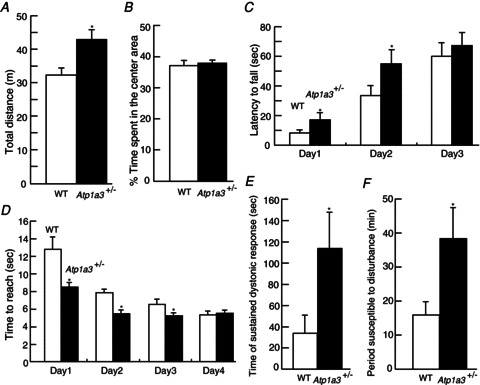Figure 2. Altered behaviours in Atp1a3 heterozygous mice (Atp1a3+/−).

A and B, open field test (10 week-old mice); n= 12 for each male genotype mouse. A, total path length in the open-field test. Atp1a3+/− showed significantly increased activities compared with wild-type littermates (WT). B, percentage of time spent in the centre area. C, rotarod test (3 week-old female mice); n= 18 for WT and n= 19 for Atp1a3+/−. Latency to fall from the rod was measured. Atp1a3+/− showed significantly better performance than WT at days 1 and 2. No significant difference was observed on day 3. D, balanced beam test (11–14 week-old mice); n= 12 for each male genotype mouse. Time to reach an escape box was measured. Performance on days 1–3, but not day 4, was significantly better in Atp1a3+/− than WT. E, duration of sustained dystonic response (score D4/D5, Pizoli et al. 2002). Atp1a3+/− showed significantly increased time during which dystonic responses were observed. F, susceptible time of dystonia induction to disturbance. Atp1a3+/− showed significantly longer sensitivity to induced dystonic response; n= 16 (WT) and n= 15 (Atp1a3+/−). Data are mean ± SEM. Open bars: WT, filled bars: Atp1a3+/−. *P < 0.05.
